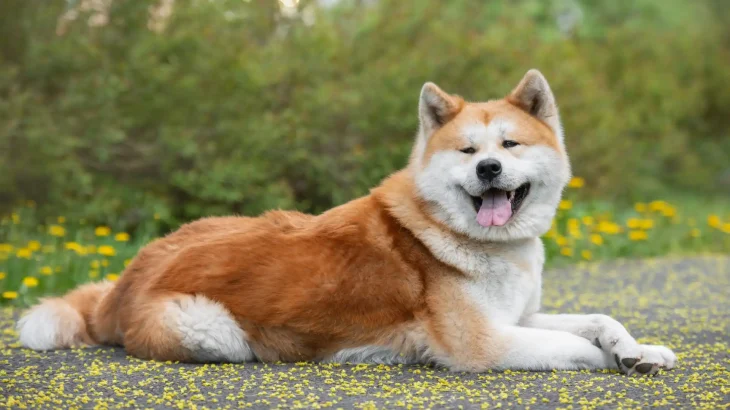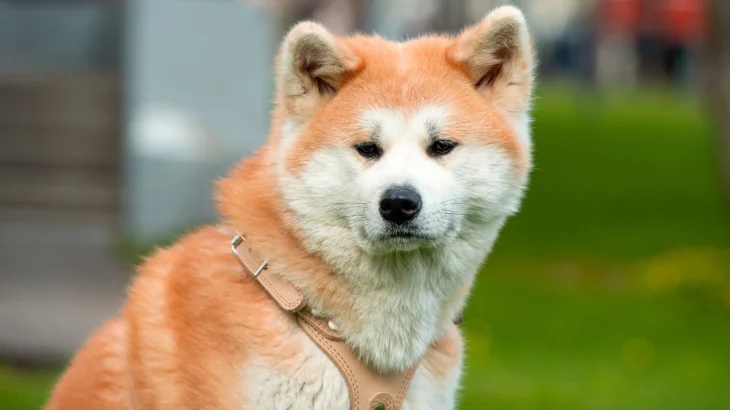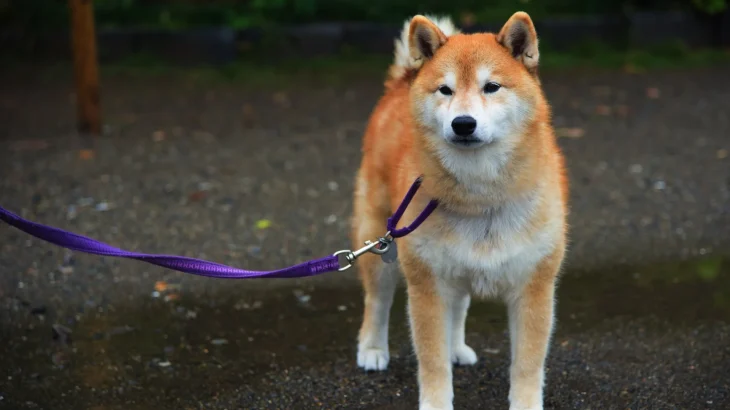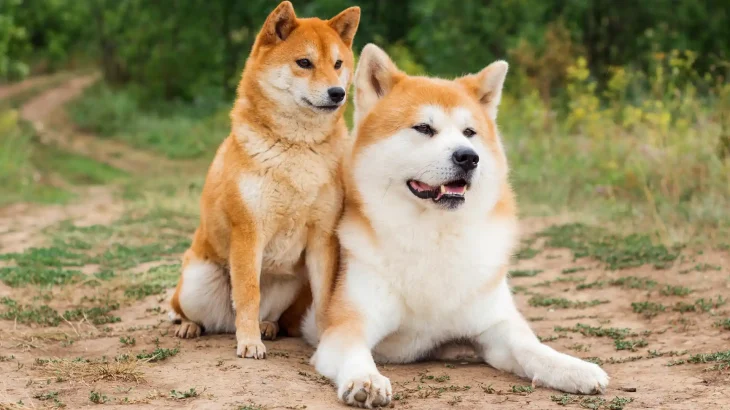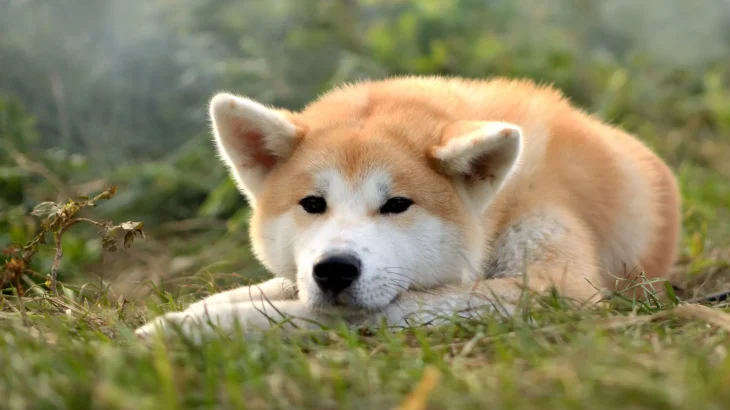Deciding whether to adopt or purchase an Akita puppy involves weighing the predictability of breed traits against the chance to give a dog a new home. Buying from a breeder usually provides more certainty about lineage and health, while adoption supports rescue efforts and can be very rewarding.
Adoption vs. Breeder: Pros & Cons
| Criteria | Buying from Breeder | Adopting from Shelter/Rescue |
|---|---|---|
| Cost | Generally higher initial cost, reflecting purebred status and breeder care. | Lower fees often cover medical care and vaccinations. |
| Health History | Health screening and genetic history usually provided. | Health status may be uncertain; shelters do basic checks and vaccinations. |
| Age Availability | Typically puppies, allowing early socialization and training. | Varies widely, may include older dogs with known temperaments. |
| Temperament Insight | Breeders offer detailed insight based on lineage and parent behavior. | Shelter staff share observed behaviors but full background may be unknown. |
| Supporting Practices | Supports responsible breeding when chosen carefully; avoid puppy mills. | Supports animal welfare by rescuing dogs in need. |
| Ethical Considerations | Depends on breeder ethics; reputable breeders prioritize health and well-being. | Adoption promotes second chances and combats overpopulation. |

